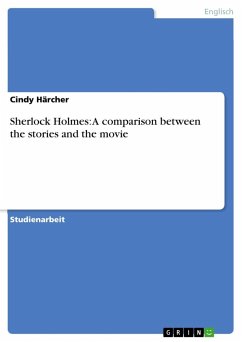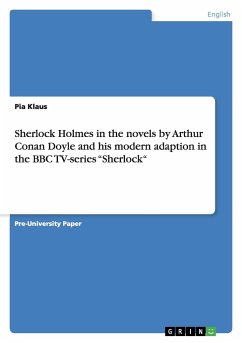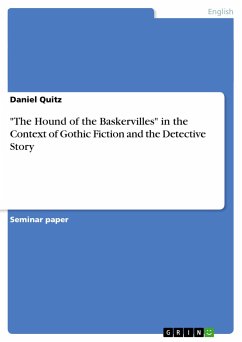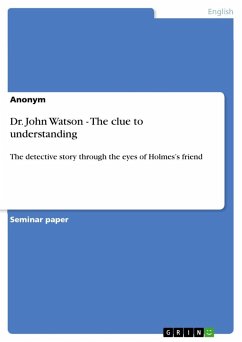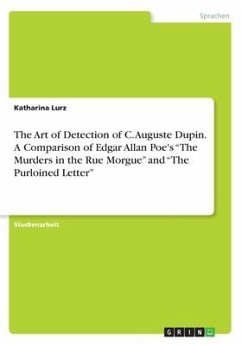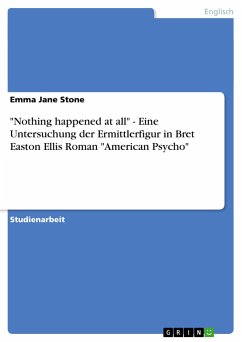Studienarbeit aus dem Jahr 2013 im Fachbereich Anglistik - Literatur, , Sprache: Deutsch, Abstract: With Sherlock Holmes, "the character whose adventures revolutionized crime writing, setting the template for generations of fictional sleuths, [...] The character whose 'death' caused grief-stricken readers on the streets of London to wear black armbands" (Billingham xiii), Doyle created a detective who became one of the most famous characters in crime fiction. The world loved the stories about the genius detective and although Arthur Conan Doyle died, had a continuing demand for them. Many authors tried to fulfill this needs and a lot of pastiches, parodies and adaptations were produced until today, reaching from book form, movies, TV-series, over video games, up to graphic novels (Poore 1). The different adaptations vary in a great degree in how faithful they are to the source text and how far they differ from it. This paper will concentrate on a twenty-first-century adaptation, namely Guy Ritchie's movie Sherlock Holmes from 2009, and its fidelity to the source will be examined. How did Ritchie put the character of Sherlock Holmes and all his trappings into a modern context? Which details out of Conan Doyle's version were borrowed and in which way do they appear in the movie? And does he succeed in appealing a modern, twenty-first-century audience, although staying true with the source text?Some general information about Sir Arthur Conan Doyle's stories, as well an analysis of the main characters Sherlock Holmes and Dr. John Watson, will serve as a basis for the comparison. The next important foundation will be laid by the explanation of adaptation theory, examining the notion of fidelity, and answering the questions if a strict fidelity is possible and even appropriate and how it can be put into practice. Then the comparison between the stories and the movie will be drawn, focusing on the plans the filmmakers had, and how they were applied, on details borrowed from the source and changes made, especially watching the characters of Sherlock Holmes and Dr. Watson. Finally a conclusion will be drawn and the most important points will be summarized.

